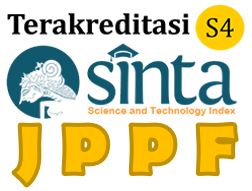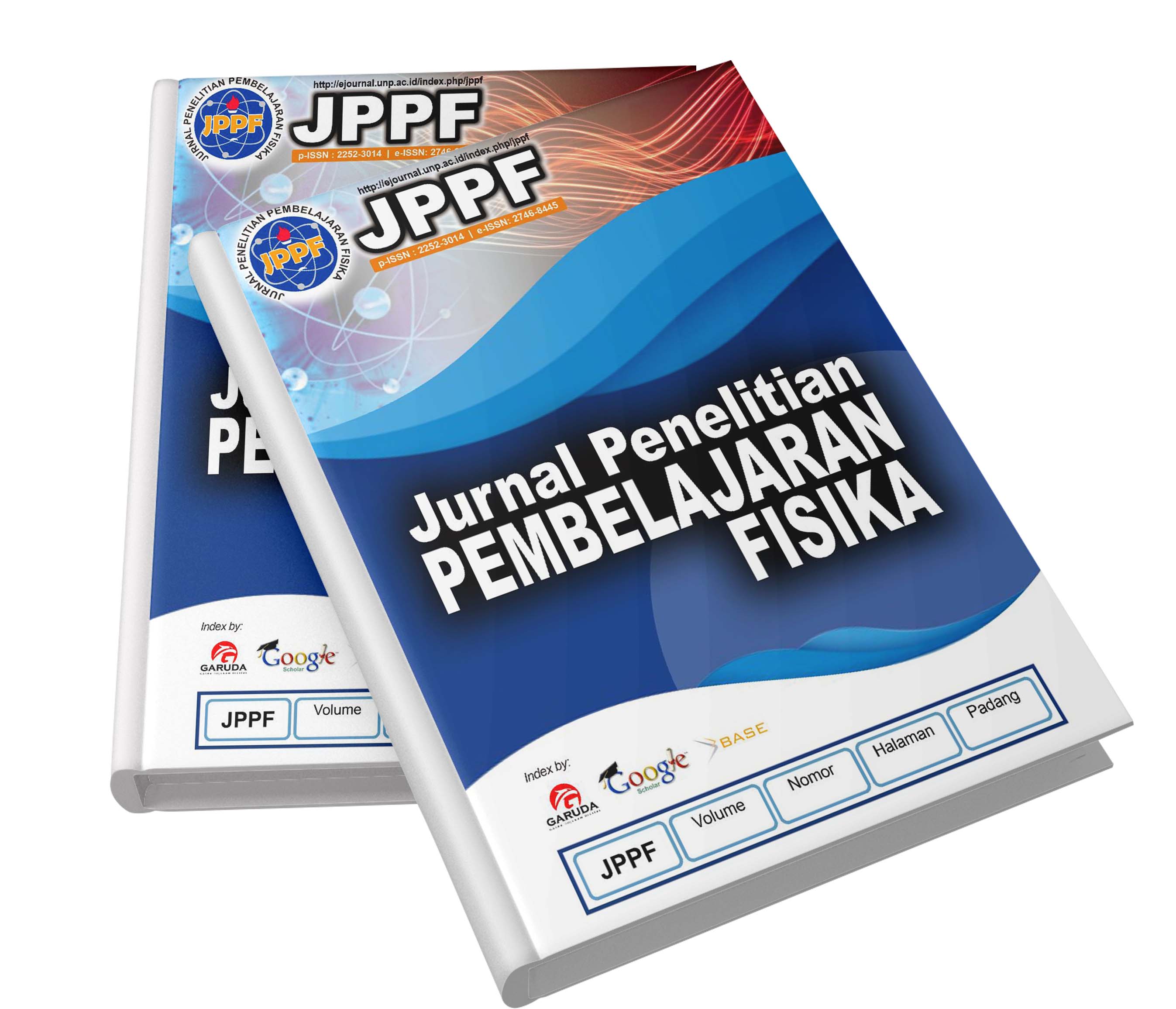Abstract
West Sumatra is one area that has the potential to be hit by drought. Prolonged drought has an impact on crop failure of agricultural land and decreased food reserves and can affect national food stability. An understanding of drought disasters can be provided through drought disaster mitigation and included in learning media used in schools. One of the learning media that supports learning from home to avoid the current Covid-19 pandemic is the e-module. The general purpose of this research is to produce an e-module based on physics-based inquiry-based integrated learning drought mitigation to improve the competence of students with valid, practical, and effective criteria. This type of research is Research and Development (R&D). The e-module development refers to the Plomp development model. The Plomp development model consists of three stages, the preliminary research phase, the development or prototyping phase, and the assessment phase. The data of this research are needs analysis data, validity, practicality, and effectiveness. The assessment instruments are questionnaires, analysis sheets, validation sheets, practicality sheets, self-assessment sheets, objective questions, and performance appraisal sheets. The data analysis techniques used are preliminary research analysis, validity analysis, practicality analysis, and effectiveness analysis. The result of the research is an inquiry-based learning-based high school physics e-module that integrates drought disaster mitigation to increase the competence of students with valid, practical, and effective criteria. The research implies that the integrated high school physics e-module based on Inquiry-based learning on drought mitigation can be used as a medium for learning physics in high school so that teachers have a variety of learning media.




